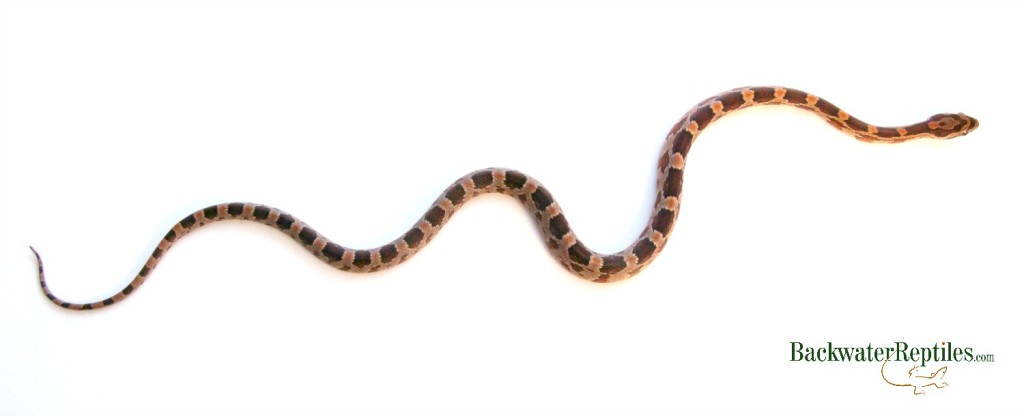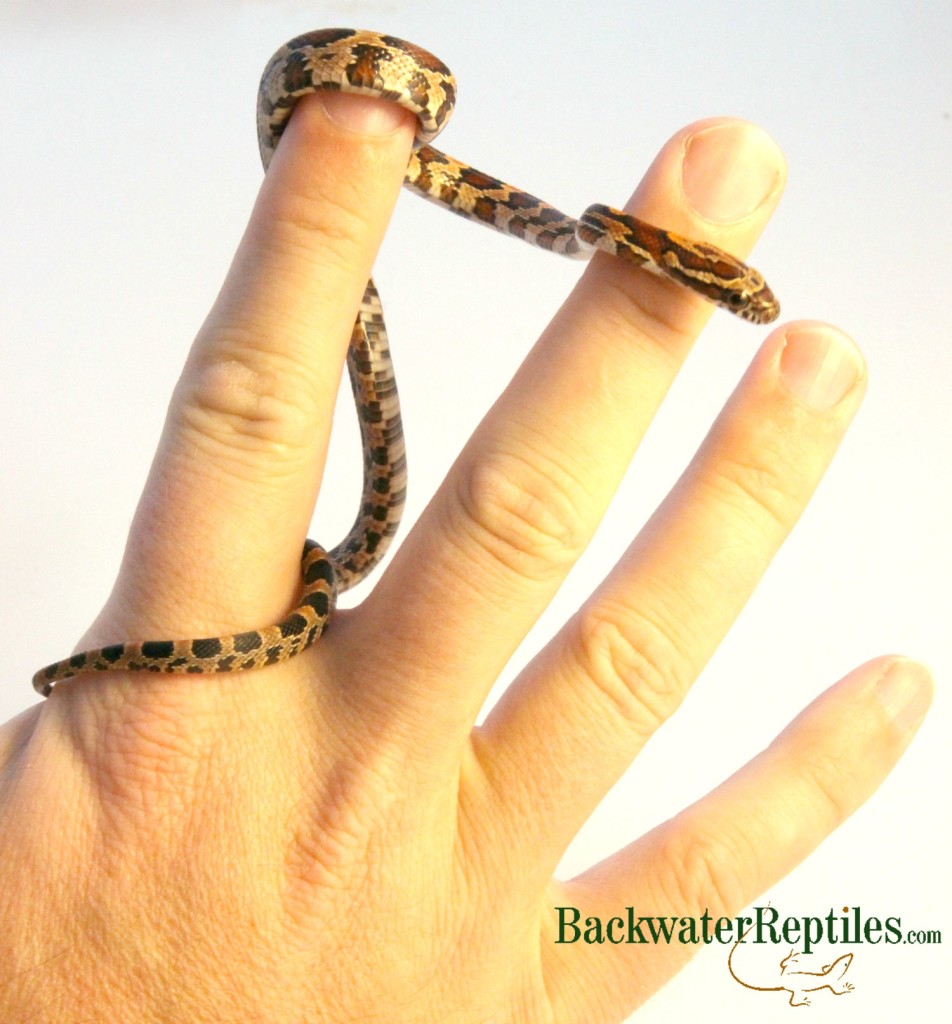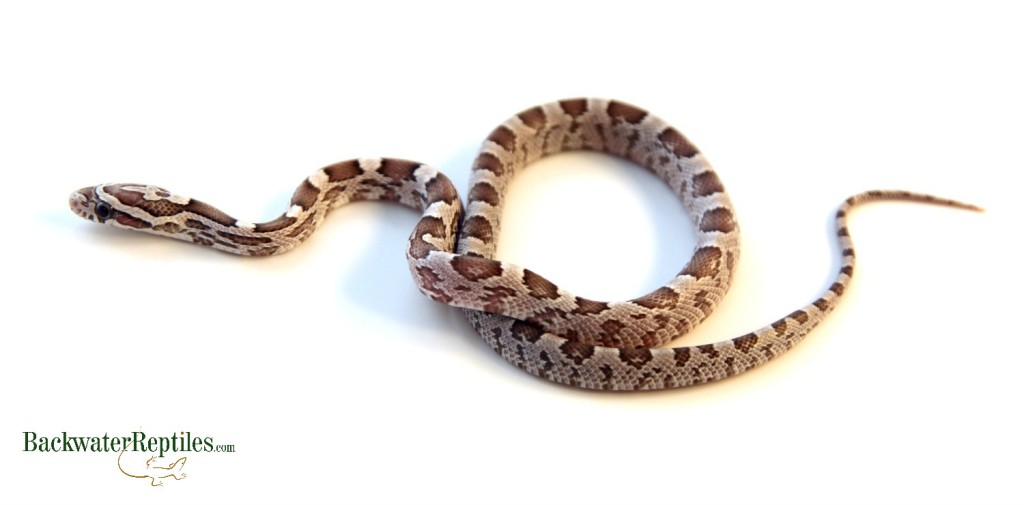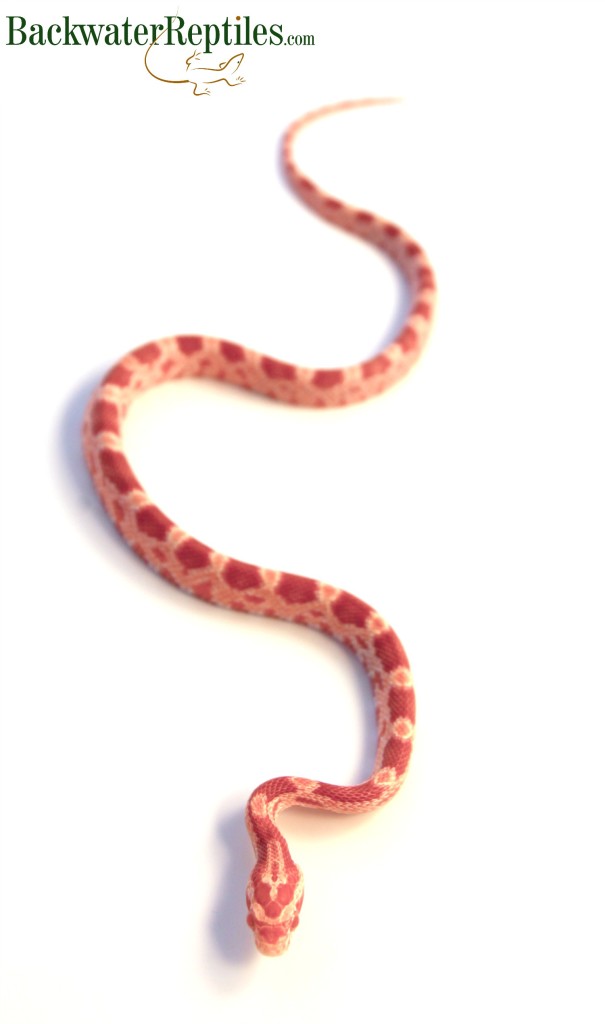Have you ever been overwhelmed by the number of available corn snake morphs nowadays?
All of them are hardy, selectively bred animals, but if you’re getting ready to purchase one of your own and you don’t know where to start, you might want to consider our list of the most popular corn snake morphs to help you out.

1. Normal Corn Snake
This morph is representative of the “classic” corn snake that you would actually be able to find in the wild, even though they are still captive bred animals.

Honestly, there is still quite a lot of variation in the normals, whether that be in their coloration or markings. However, generally, normals are orange or brownish yellow with with large, red blotches down their backs that are ringed in black. Hatchlings are also duller in coloration than their adult counterparts.
2. Blood Red Corn Snake
This morph is very brightly colored. They exhibit a bold, red hue with darker red patches along their backs. They will tend to lose the black outlines around the patches on their back, but this is not always the case.
This morph also loses the checkered pattern on their belly scales.

3. Okeetee Corn Snake
This morph, which is also called Abbott’s Okeetee Corn Snake, are known for their thick, black borders on their back splotches as well as very vibrant coloration in general. Because these dark black borders boldly mark and separate the main scale color from the splotches, many hobbyists consider Okeetees to be an “ideal” representation of the corn snake.

Fun fact: This morph got its name from the Okeetee Hunt Club in Jasper County, South Carolina. This is the area of the U.S. where the snake’s wild breeding stock originated from.

4. Anerythristic Corn Snake
Anerythristic corn snakes lack all red pigment, which means that their scales are combinations of white, black, and grey with some hints of brown. Some anerys also will develop yellowing around the jawline.

5. Hypomelanistic Corn Snake
This morph is most easily explained by going into the etymology of the morph’s name itself. “Hypo” means a lack of something, while “melanin” is the pigment in hair, skin, scales, etcetera that causes dark or black coloration. Therefore, a hypomelanistic corn snake would lack dark or black pigment.

This is evident when you see a hypo corn snake as it’s back blotches that are normally outlined in black will lack this definitive outline.
6. Albino Corn Snake
Albino animals lack melanin, which is the pigment responsible for producing dark coloration in animals’ skin, hair, nails, scales, etc.

Albinism in corn snakes means that the animal will be any combination of pink, orange, white, red, or yellow. The only thing that is certain is that the snake will not have any dark brown or black pigmentation.
Side note: This morph of corn snake is also referred to as “amelanistic” due to the compete lack of melanin that is characteristic of albinism.
Conclusion
All corn snakes make great pet snakes due to their docile demeanor, manageable size, and simple care requirements. Potential corn snake owners do have a lot of choice when it comes to coloration and markings due to the vast number of morphs available today. Backwater Reptiles has many corn snake morphs for sale, but our top five morphs are listed above.
